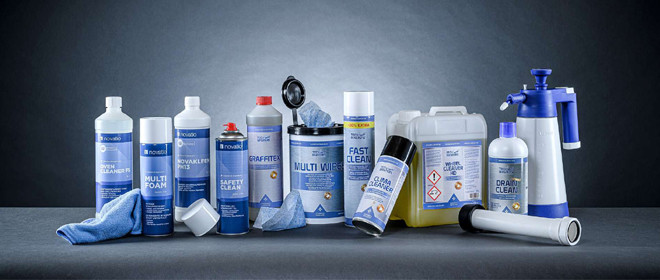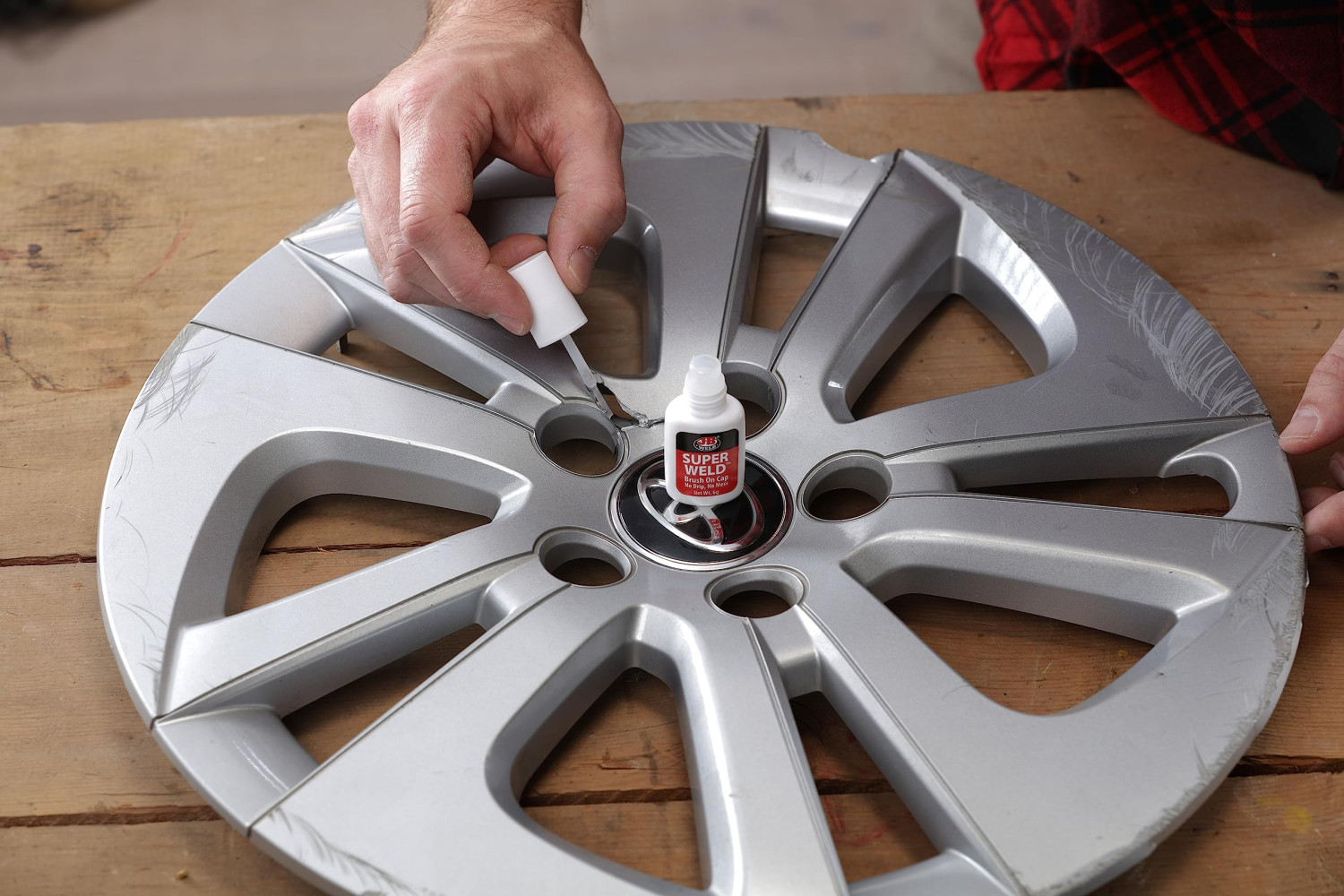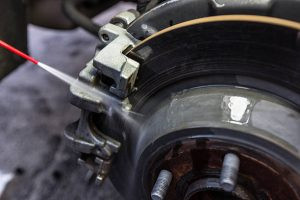Magnaflux Spotcheck SKD-S2

Magnaflux Spotcheck SKD–S2
Magnaflux is a leading manufacturer of non–destructive testing (NDT) products and services.
The company’s Spotcheck SKD–S2 is a portable, easy–to–use fluorescence–based NDT inspection
system that can be used to detect surface and subsurface defects in metals. The SKD–S2 is
designed for use in a wide range of industries, including aerospace, automotive, and energy. The
system is simple to operate and can be used to inspect both large and small components.
Magnaflux’s Spotcheck SKD–S2 is a reliable, cost–effective way to ensure the quality of your
products. The SKD–S2 uses magnetic flux leakage (MFL) to detect cracks and other defects in
metals. MFL is a nondestructive testing method that uses a magnetic field to detect cracks and
other defects in metals.
The SKD–S2 is easy to use and can be operated by one person. The operator simply holds the
instrument in one hand and passes the metal object to be tested through the magnetic field. The
SKD–S2 can be used on a variety of metals, including ferrous and non–ferrous metals.
The SKD–S2 is a versatile and affordable NDT instrument that is ideal for small businesses and
hobbyists. The instrument is also popular with larger companies and organizations that need to
test large numbers of small parts and components. The Magnaflux Spotcheck SKD–S2 retails for
between $700 and $800.
Some pros of the Magnaflux Spotcheck SKD–S2 include that it is a fast and accurate way to
detect surface defects on ferrous metals, and that it is portable and easy to use. Some cons of the
Magnaflux Spotcheck SKD–S2 include that it is a relatively expensive piece of equipment, and
that it requires special training to use properly.
The Magnaflux Spotcheck SKD–S2 is used in the automotive industry. Magnaflux Spotcheck
SKD–S2 is used in automotive industry to detect surface defects in ferrous materials.











